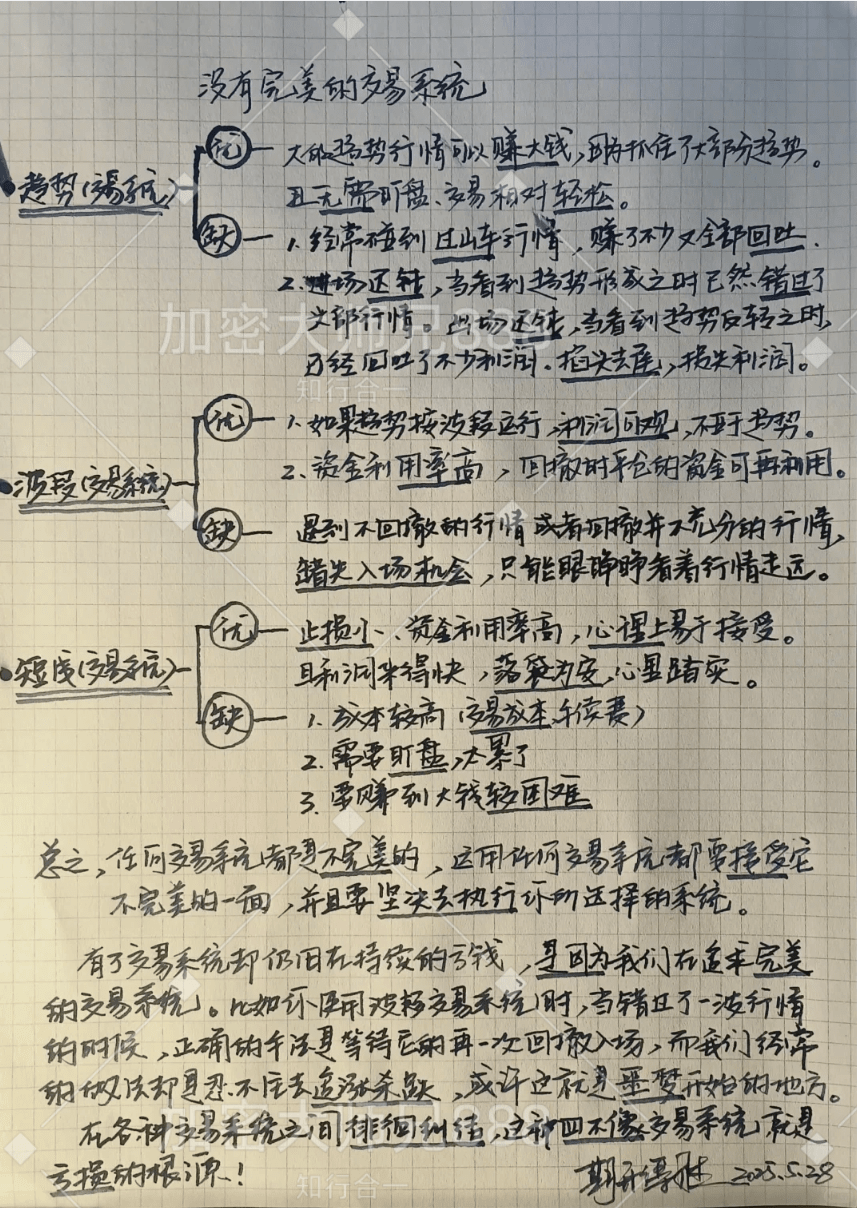Have you ever thought about a question: why can someone who knows nothing just by dollar-cost averaging and holding Bitcoin earn money?
I have thought about the essence of this problem; the root lies in their behavior excluding all human factors. Making money is unrelated to emotions.
Investing becomes deadly once it involves personal emotional subjective judgments.
As long as you are influenced by market emotions when investing, it will certainly reduce your returns or lead to losses, without exception.
The father of quant, Simons, achieved an annual return of 64%, far exceeding Buffett's 20%.
However, before that, Simons relied on 13 years of research into macro fundamentals to invest and make money, ultimately failing and shifting to advanced mathematical models that excluded any interference from human emotional factors to profit in the market.
Human emotions are the biggest interference in investment.
In the cryptocurrency circle, the root of most people's losses is not a lack of technical knowledge, but rather the deformation of operations being driven by emotions. From candlestick patterns to chip distribution, from trend indicators to capital flow, true technical traders never rely on feelings for decision-making but build profit loops using data and models.
1. Use technical indicators to anchor buy and sell points, and say goodbye to emotion-driven trading.
Common mistakes made by ordinary investors include: chasing highs due to FOMO (fear of missing out) when prices rise and panic selling during declines. However, technical analysis can accurately identify key points—when Bitcoin’s weekly chart shows a 'head and shoulders bottom' pattern, the right shoulder's volume moderately expands, along with the RSI indicator rising from the oversold zone, this is a clear buying signal; conversely, when the daily MACD forms a top divergence and breaks the upward trend line before weakly recoiling, this is the last window for taking profits and exiting.
Taking last year's Ethereum market as an example, in mid-August, ETH formed a double bottom structure at $1800, with strong support from the middle band of the Bollinger Bands and the 60-day moving average. At this time, investing based on technical signals, one could take profits when it broke through $2400 in November, achieving a 33% return over three months. In contrast, emotional investors often get washed out during fluctuations at $1900, missing out on subsequent trends.
2. Position management formula: use mathematical models to combat human weaknesses.
The reason Simons' medal-winning fund achieved a 64% annual return is that it quantifies position management into a formula. A simplified model that retail investors in the cryptocurrency market can refer to is: single asset position = (1 - maximum acceptable loss rate) ÷ (stop-loss range × leverage factor).
For example, if you use $100,000 as capital to operate Bitcoin contracts and can accept a maximum loss of 5% ($5,000), set a 3% stop-loss, and use 5x leverage, then the amount for a single position = (1-0.05) ÷ (0.03×5) × 100,000 ≈ 633,000, which can both amplify profits and lock in risks through technical rules, avoiding emotional over-positioning or holding onto losing trades.
3. Cyclical resonance strategy: seize the opportunity to double your investment three times a year.
The core of making money in the cryptocurrency circle is grasping the cyclical resonance of 'daily trend + 4-hour level fluctuations + 1-hour entry points.' When the weekly MACD crosses above the zero axis (major trend upwards), the 4-hour chart retests the 20-day moving average without breaking (valid mid-term support), and the 1-hour chart shows a 'large volume long candle' breaking through previous highs (short-term initiation signal), this is the time to enter mainstream spot cryptocurrencies or light positions in contracts, with a win rate of over 70%.
Three typical opportunities from last year: In January, BTC started from $30,000 (weekly golden cross + 4-hour support retest), in June, ETH rebounded from $1,600 (triple bottom breakout), and in November, SOL surged from $10 (volume accumulation + trend line breakout). All of these conform to this technical framework; capturing just one of these could increase a $100,000 principal by 50%.
4. An action guide for technical traders.
Spend 30 minutes every day reviewing: draw trend lines, mark support and resistance levels, track changes in volume, and refuse to 'trade based on impressions';
Establish a trading log: record the technical basis for each operation and the reasons for profits and losses, and optimize strategies weekly.
Validate with a simulated account: new indicators or strategies should run for 3 cycles in a simulated environment; only apply to real accounts if the win rate meets standards.
The cryptocurrency market is never short of opportunities; what is lacking is the determination to arm oneself with technology. When your operations are no longer influenced by market fluctuations and every trade has clear technical signal support, a profit target of 500,000 a year is merely a natural outcome of technical rules.
You no longer need to stay up late watching the market and guessing trends, nor do you need to worry about whether your buy and sell points are precise. Only pursue opportunities where the trend is clear: hold back in a bear market and seize positions in a bull market. In the next wave, I will say, let's eat meat together in rhythm, allowing profits to outperform 90% of retail investors!
Follow me@加密大师兄888 , remember, the cryptocurrency market is not short of opportunities; what is lacking is the execution ability to keep up.


